Republicans weigh big cuts as senators grasp for shutdown deal
Published in Political News
WASHINGTON — Republicans wrestled with how aggressively to leverage the government shutdown to slash the federal workforce, openly debating a hardball tactic that could force Democrats to cave but carries political risk of backfiring.
At the same time, a group of moderate Republicans and Democrats huddled on the Senate floor Wednesday to search for a way out of the shutdown that could offer face-saving concessions to both parties and allow the government to reopen, at least temporarily. Among the options the senators could be overheard discussing were a very short stopgap bill while an extension of expiring Obamacare subsidies is negotiated.
“I was throwing out some ideas that will give them room, give us room, and we all agree that we’ll continue talking,” Arizona Democratic Senator Ruben Gallego said. “No agreements were made.”
President Donald Trump and his budget director Russell Vought are capitalizing on the moment, moving early Wednesday to halt $18 billion in federal funding for infrastructure projects in New York City, including for the Second Avenue Subway project and Hudson Tunnel Project.
Vought cited concerns over diversity and equity practices rather than the shutdown but the action directly hit constituents of Senate Democratic leader Chuck Schumer and House Democratic leader Hakeem Jeffries, both of whom represent New York in Congress. Trump warned earlier this week he would use a funding lapse to target “Democrat things.”
Republican House Speaker Mike Johnson on Wednesday said the White House would quickly move to cut the federal bureaucracy. The shutdown gives Republicans an opening to “do some things that we would not otherwise be able to do, because we would never get Democrat votes for them,” Johnson told Fox Business on Wednesday.
The White House budget office “gets to decide now what services are essential, what programs and policies should be continued, and which would not be a priority,” he said.
Vice President JD Vance, however, downplayed plans to use the shutdown to slash services, saying Republicans don’t want to “lay anybody off” and he insisted that Democrats would be held responsible for any negative consequences of the government closure.
House Republicans on Wednesday afternoon are set to discuss possible job cuts and spending freezes with Vought. Vought’s budget office has called for federal agencies to craft plans for mass firings of government workers beyond traditional furloughs, advancing its goal of slashing the federal bureaucracy.
With federal agencies and departments closed down, Trump and his allies have pointed fingers at Democrats, with the idea that voters will blame them in the midterm elections next year.
But the discordant approaches to seizing an opportunity to slash government workers or payrolls demonstrates the political risk for the GOP as they attempt to dodge any blowback for their own tactics.
“There’s necessarily going to be some pain because Senate Democrats refuse to reopen the government,” Vance told CBS News Wednesday.
Still, Vance sought to downplay the likelihood of government worker dismissals, which proved to be unpopular earlier in Trump’s term.
“What we do want to do is make sure that as much of the essential services of government remain functional as possible,” he said.
Democratic Response
As for the Democrats, congressional leaders presented the confrontation as a clash over health-care coverage, particularly the impending rise of insurance premiums for millions of Americans unless lawmakers act to extend Affordable Care Act subsidies.
“We are going to be fighting everywhere, on TV stations like yours, in the social media, in picketing, in protesting, in emails,” Schumer told MSNBC. “And when the average American says, ‘Why the heck did I get a bill that raises my health care costs — doubles them?’ we’re going to be pointing out it’s the Republicans who did it.”
Their challenge is to keep the party behind that strategy; Republicans need only eight votes from the opposition to end debate and pass a co-called clean spending bill.
Three defected in the last vote Tuesday before the shutdown began and again on Wednesday when Republicans called another Senate vote: Catherine Cortez Masto of Nevada and John Fetterman of Pennsylvania supporting it, along with Angus King, a Maine independent who usually votes with Democrats.
Senator Rand Paul of Kentucky was the lone Republican to vote no.
Republicans signaled confidence that they could soon pressure enough Democrats to vote to re-open the government.
“We’ve got some great Democrat colleagues that we’re talking to quietly. They don’t like what’s going on,” Senator Steve Daines, a Montana Republican, told CNBC on Wednesday. “We saw three Democrats break ranks. If we get five more we’ll end the shutdown.”
Vance said he would negotiate with Democrats on health care subsidies, but only after government funding is restored.
Pressure Point
“As the political pressure builds and as we continue to have these negotiations, you’re going to see more and more Democrats come to this side,” Vance said on Fox News.
The government is likely to stay closed for at least a few days. The House is not in session this week. Senate leaders say they plan to send members home later Wednesday for the Yom Kippur Jewish holiday, returning Friday with plans to work through the weekend if a shutdown persists.
During Trump’s first term the government shut down twice, most notably when the president forced a funding lapse that began just before Christmas in 2018 by demanding money for his border wall. After five weeks, with his approval rating plummeting and pressure mounting over missed paychecks and delayed services, he backed down with little to show for it.
------------
—With assistance from Gregory Korte, Alicia Diaz, John Harney, Ken Tran, Hadriana Lowenkron and Emily Birnbaum.
©2025 Bloomberg L.P. Visit bloomberg.com. Distributed by Tribune Content Agency, LLC.
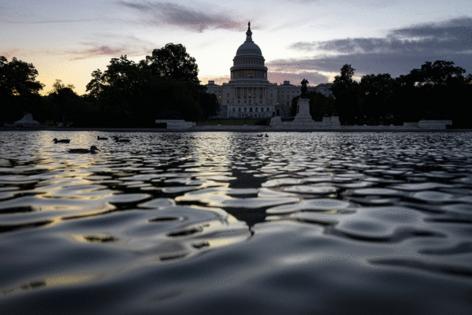


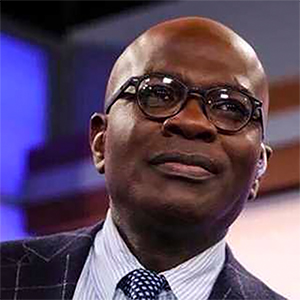























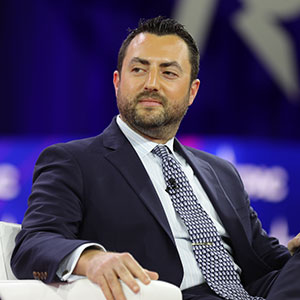
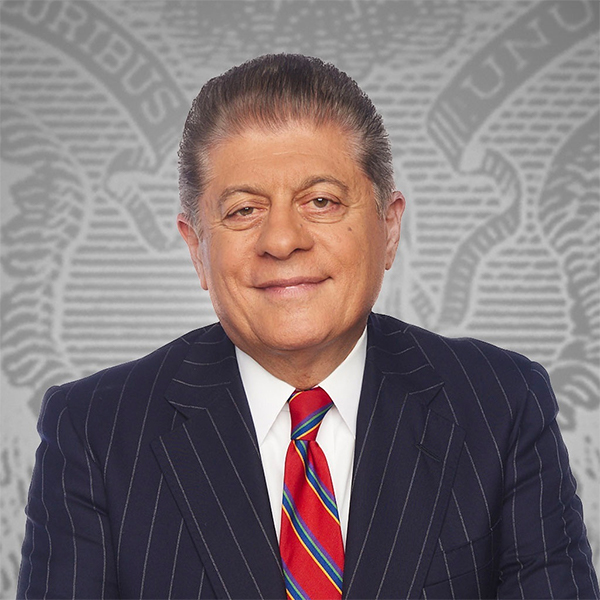


























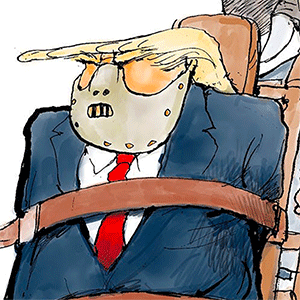
Comments